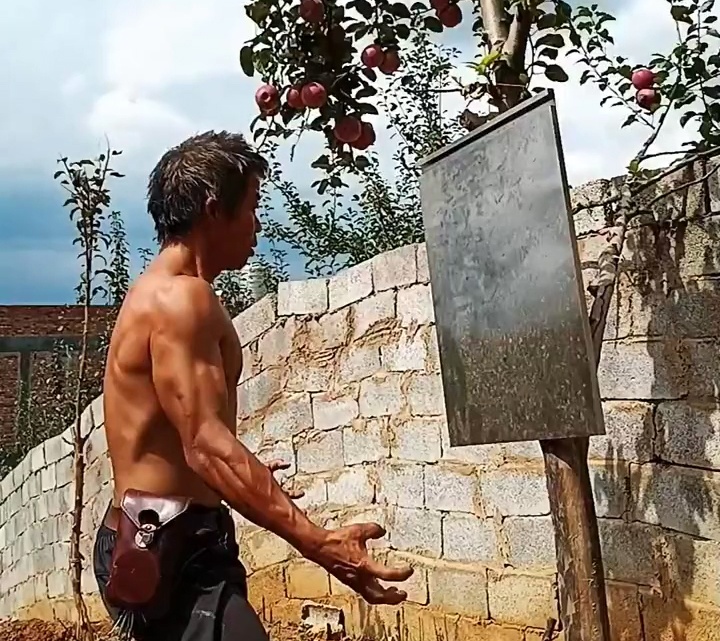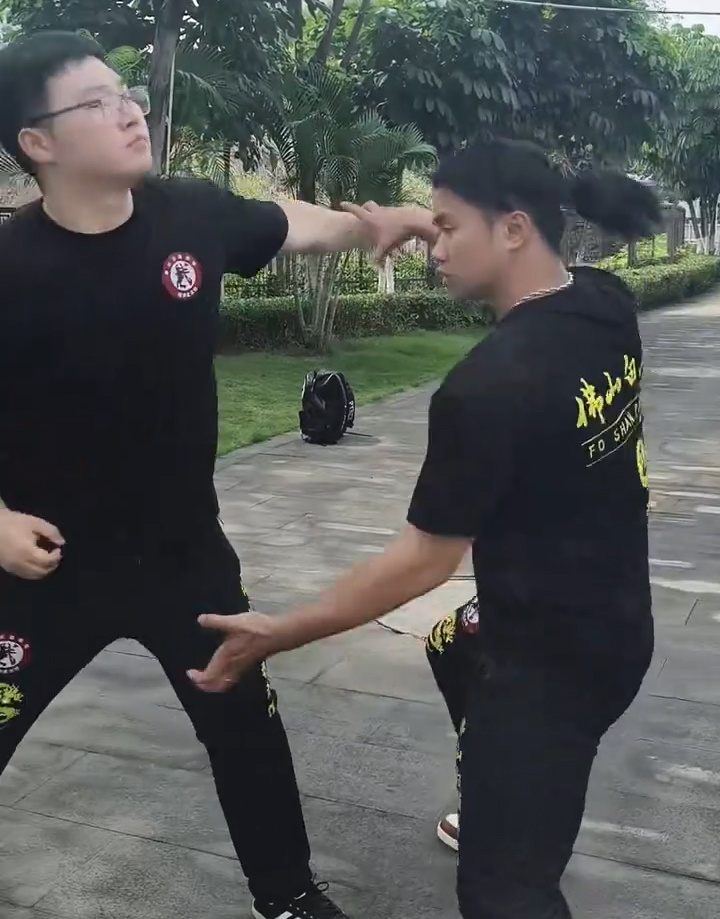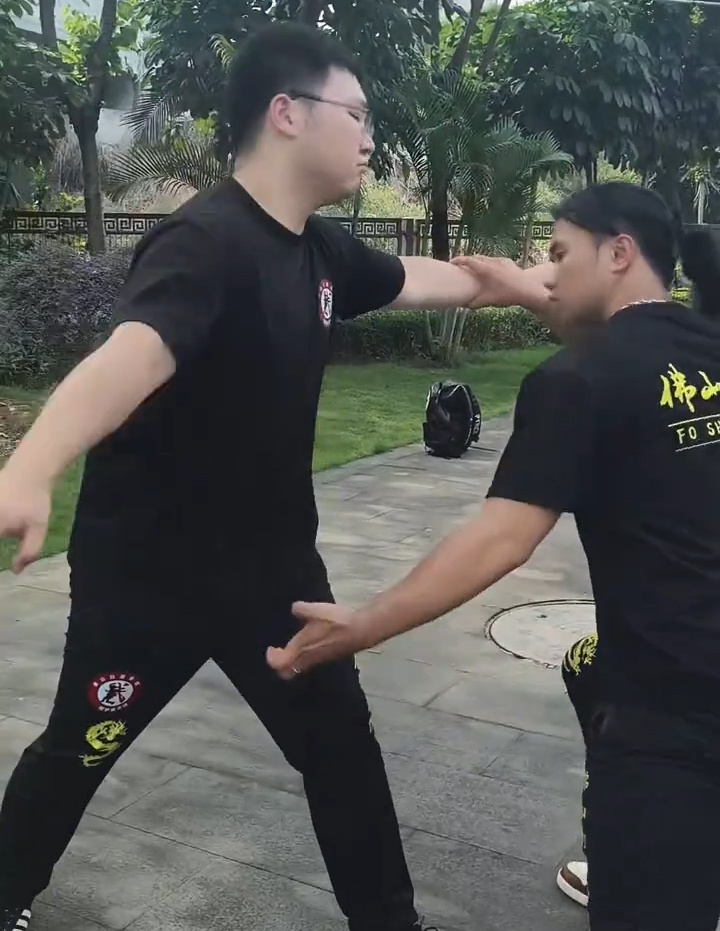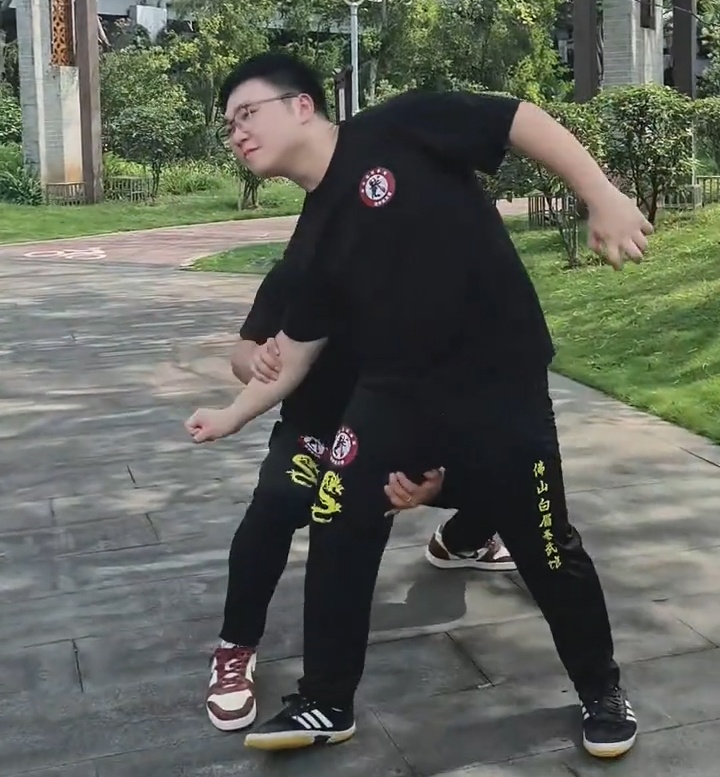The world of Chinese martial arts (Kung Fu or Wushu) is incredibly diverse, brimming with unique styles boasting centuries of history and philosophy. Among them, Bak Mei (白眉拳, White Eyebrow) and Shaolin Dragon Claw Kung Fu (少林龍爪手) stand out as particularly intriguing and formidable. A common question echoes among martial artists and enthusiasts: Bak Mei vs. Shaolin Dragon Claw - which style is truly superior in a fight?
The answer, as with most profound martial arts questions, is nuanced: There is no single "better" style. True effectiveness lies in the skill, strategy, and adaptability of the practitioner. However, understanding the core principles, techniques, and combat philosophies of each art reveals their distinct strengths, weaknesses, and ideal applications. This detailed comparison dives deep into the heart of these legendary Kung Fu systems.

Unveiling the Fierce Elegance: Bak Mei Kung Fu
Origins & Philosophy: Emerging in the tumultuous era of the destroyed Southern Shaolin Temple, Bak Mei ("White Eyebrow") is steeped in legend. Its philosophy centers on extreme efficiency, directness, and simultaneous defense and offense. Every movement is designed for maximum impact with minimal exertion, often targeting vital points (pressure points or Kyusho) to quickly incapacitate opponents. Bak Mei embodies a ruthless practicality born from survival necessity.
Core Techniques & Combat Strategy:
Aggressive Economy of Motion: Bak Mei practitioners utilize short, explosive bursts of power generated from a strong, rooted stance. Movements are compact and travel directly from point A to B.
Simultaneous Block & Strike (Lin Siu Da Jie): A defining principle. Defensive actions (blocks, parries, deflections) seamlessly transform into immediate, powerful counterattacks. There is no pure defense or pure attack phase – they are intrinsically linked.
Devastating Hand Techniques: Specializes in powerful, penetrating strikes like spearhands (Biu Jee), phoenix-eye fists, palm strikes, and precise elbow strikes. Techniques often target the eyes, throat, solar plexus, and other vulnerable areas.
Close-Range Dominance: Excels within trapping and grappling range (Chi Sao distance), using sensitivity and sudden power to overwhelm opponents once the gap is closed.
Mindset: Calm, calculating, and explosively aggressive when the opportunity arises. The goal is ruthless efficiency and swift neutralization.
The Power of the Dragon: Shaolin Dragon Claw Kung Fu
Origins & Philosophy: Born within the hallowed grounds of the Shaolin Temple, Dragon Claw Kung Fu (Long Zhao) embodies the spirit of the mythical dragon – majestic, powerful, adaptable, and fearsome. Its philosophy integrates Shaolin Chan (Zen) Buddhist principles with formidable combat effectiveness, emphasizing overwhelming force, control, and the destruction of an opponent's structure.
Core Techniques & Combat Strategy:
Clawing Dominance: The signature technique is the powerful Dragon Claw grip. Practitioners train fingers, hands, wrists, and forearms to develop immense crushing, tearing, and ripping strength. Targets include muscle tissue, tendons, ligaments, joints (wrists, elbows, shoulders), and clothing.
Controlling & Destroying Structure: Dragon Claw excels at seizing limbs or pressure points, instantly disrupting balance, causing intense pain, and setting up devastating follow-up techniques like throws, joint locks, or strikes. It actively breaks down an opponent's posture and stability.
Dynamic Movement & Adaptability: Incorporates fluid footwork and evasive body movements reminiscent of the dragon's sinuous nature. Practitioners adapt their range from mid-distance (clawing attacks) to close range (controlling locks and takedowns).
Conditioning: Intense conditioning (Qigong and Iron Body training) is paramount to toughen the striking surfaces (fingers, palms, forearms) and develop the necessary grip strength.
Mindset: Focused, powerful, and imposing. Aims to control and dominate the opponent, often breaking their will through relentless pressure and pain compliance.
Bak Mei vs. Shaolin Dragon Claw: The Critical Comparison
Let's break down their combat attributes:
| **Combat Attribute** | **Bak Mei (White Eyebrow)** |
| Primary Range | Close to very close range (trapping/grappling distance) |
| Core Attack Strategy | Direct linear penetration<br>(simultaneous defense/offense) |
| Signature Techniques | Spearhands, phoenix-eye fists,<br>simultaneous block/strike |
| Power Generation | Explosive short-range power<br>(Fa Jing principles) |
| Defensive Approach | Offense as defense<br>(aggressive counters/parries) |
| Target Focus | Vital points (eyes, throat, etc.)<br>for quick incapacitation |
| **Shaolin Dragon Claw** | **Key Difference** |
| Mid to close range (clawing reach into controlling locks) | Bak Mei thrives inside; Dragon Claw prefers controlling distance |
| Overwhelming control<br>(grips, locks, structure breaking) | Bak Mei pierces defenses; Dragon Claw crushes structure |
| Crushing claw grips,<br>joint locks, takedowns | Bak Mei = piercing strikes;<br>Dragon Claw = crushing control |
| Crushing power & conditioning<br>(Iron Body training) | Bak Mei: sudden bursts;<br>Dragon Claw: sustained pressure |
| Control as defense<br>(grips disrupting attacks) | Bak Mei counters while attacking;<br>Dragon Claw stops attacks through control |
| Limbs, joints, muscle tissue<br>to destroy structure | Bak Mei: precision targets;<br>Dragon Claw: structural destruction |
|
|
The Hypothetical Showdown: How a Fight Might Unfold
Initial Engagement: A Dragon Claw stylist would likely try to maintain mid-range, using footwork to set up powerful clawing attacks to the arms or shoulders, aiming to cripple the opponent's ability to strike effectively. A Bak Mei practitioner would relentlessly seek to close the distance, deflecting or evading claw attempts and exploding into their devastating close-range arsenal.
The Critical Moment: If the Dragon Claw fighter successfully seizes a limb, they have a significant advantage, applying intense pressure, tearing, or locking to break structure and control the fight. However, if the Bak Mei fighter penetrates the clawing range without being effectively grabbed, their rapid-fire, simultaneous defense-offense techniques targeting vitals could lead to a rapid and decisive conclusion.
The Deciding Factors:
Distance Management: Can the Bak Mei fighter get inside the Dragon Claw's effective range?
First Contact: Does the Dragon Claw fighter establish a dominant grip, or does the Bak Mei fighter land a fight-altering strike during entry?
Adaptability & Skill: How well does each fighter adjust to the other's unique pressure? Can the Bak Mei fighter counter grips? Can the Dragon Claw fighter handle explosive flurries at point-blank range?
Resilience: Can either fighter absorb significant punishment if their initial strategy falters?
FAQ: Bak Mei vs. Shaolin Dragon Claw
Q: Which style is better for self-defense?
A: Both are highly effective, but their approach differs. Bak Mei offers potentially faster incapacitation against single threats at close quarters. Dragon Claw provides powerful control and can be devastating against grabs, though mastering its conditioning takes significant time. Practicality depends heavily on the quality of instruction focusing on modern self-defense applications.
Q: Which Kung Fu style is harder to learn?
A: Both demand immense dedication. Bak Mei requires mastering precise, explosive power generation and intricate close-range tactics. Shaolin Dragon Claw demands exceptional physical conditioning (Iron Body for hands/arms) and deep understanding of joint manipulation and controlling force. The initial conditioning phase for Dragon Claw is notoriously intense.
Q: Can Bak Mei defeat Shaolin Kung Fu styles like Dragon Claw?
A: Yes, absolutely, and vice-versa. Victory isn't determined by the style name, but by the practitioner's depth of understanding, timing, adaptability, physical conditioning, and mental fortitude. A highly skilled Bak Mei practitioner can overcome a Dragon Claw stylist, and a master of Dragon Claw can defeat a Bak Mei expert.
Q: Are Bak Mei and Dragon Claw effective in MMA or modern combat sports?
A: Specific techniques and principles from both styles can be highly effective when integrated effectively and pressure-tested. Bak Mei's direct strikes and close-quarters tactics offer value. Dragon Claw's grip fighting and control concepts can enhance grappling. However, pure, unmodified traditional application is rare at elite levels; adaptation and cross-training are key. Their historical combat focus makes their core principles valuable for self-defense.
Q: Where can I learn authentic Bak Mei or Shaolin Dragon Claw?
A: Seek reputable, lineage-based schools with instructors possessing verifiable credentials. Authentic Bak Mei lineages are relatively rare outside specific communities. Authentic Shaolin Dragon Claw is often taught within traditional Shaolin schools or specific lineages preserving the art. Research thoroughly and prioritize instructors emphasizing practical application and proper fundamentals.
The Verdict: Mastery Over Style
Asking "which style wins" fundamentally misunderstands martial arts. Bak Mei and Shaolin Dragon Claw represent pinnacles of Chinese combat philosophy, each offering a profound and effective path.
Choose Bak Mei (White Eyebrow) if: You are drawn to ruthless efficiency, explosive close-quarters combat, simultaneous defense/offense, targeting vital points, and a direct, powerful approach.
Choose Shaolin Dragon Claw Kung Fu if: You resonate with overwhelming power, controlling and destroying an opponent's structure, mastering devastating gripping techniques, intense physical conditioning, and the majestic spirit of Shaolin.
The true "winner" is always the dedicated practitioner. The most powerful weapon is not the name of the style, but the depth of skill, adaptable strategy, and indomitable spirit forged through relentless, mindful practice. Study the principles, respect both arts, and focus on becoming the most effective martial artist you can be. The path of mastery is the ultimate victory.







